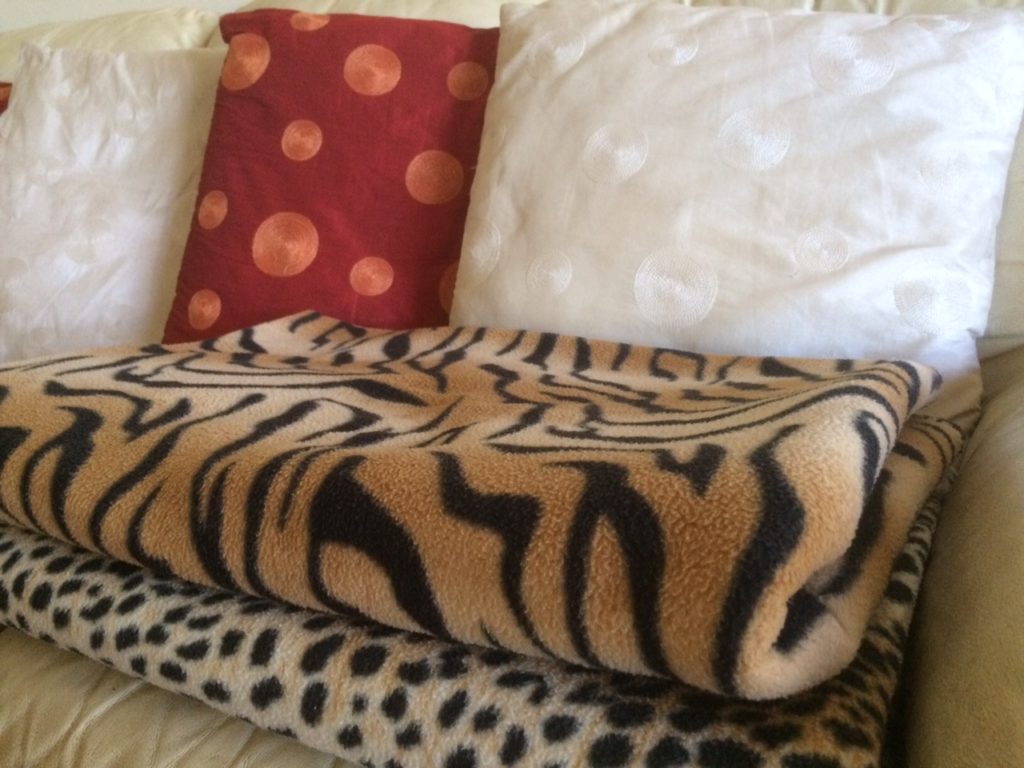The weather is starting to cool down and now is the perfect time to take action to keep the chill out of your home!
This post is brought to you by Stainmaster.
Turning up the heaters is one way to keep the cold out in winter… if you’ve got the money to get some of the best heaters. It is smarter, more efficient, and more environmentally friendly to just not let the chill inside in the first place.
Snuggle up under a blanket when you sit down to watch TV!
Trapping Warm Air Inside
Good insulation is the basis for any sort of temperature regulation in a house. While ceiling insulation is the most important for the prevention of heat loss, don’t neglect the other surfaces: floors and walls. Underfloor insulation, in the form of polystyrene strips or pumped-in shredded wool, can prevent the cold from the earth bleeding up from below. And the same sort of sarking and insulation batts used in a ceiling can easily be added to a wall at the construction stage. Adding under-floor or in-wall insulation mightn’t be an option for houses that are already built, but if you’re building or renovating, it’s worth doing.
Even if you can’t rip up the floorboards, there’s a perfectly good way to add insulation on top of your floor: carpet. A thick, soft pile of fibres not only keeps your bare feet off cold wood or concrete, but will actually keep the air in the room warm. Quality carpet, like the range available from carpet specialists like Stainmaster, is over-floor insulation that not only looks good and feels good but also keeps you warm.
Heavier curtains and drapery will also act as insulation, especially as the glass in windows can leak a lot of warmth – there’s only a few millimetres of glass between your interior and the chilly outside air. It helps if the curtains extend as far as possible beyond the edges of the window, and it’s even better if there are two separate layers of fabric – the key to good insulation is to trap as much still air as possible. If the two layers of fabric can be place on separate runners, even better. The lighter-weight fabric can be used during the day or summer to let the warmth and light in.
If curtains aren’t an option, double glazing is an excellent alternative; you’ll be building the insulation into the windows themselves. The still air trapped between the two panes of glass in a double-glazed window will keep the warmth in, yet still allow the same amount of natural light in during the day as a single-glazed window.
Keeping the Breeze Away
Of course, you can’t have still air if you have draughts, and draught-blocking is the simplest way to stop heat escaping. Check the weather stripping around windows and doors. A candle flame or butane lighter is great for this; hold the flame near the edges, and if it flickers, the window or door could be better sealed. Depending on the gap, a silicone sealer, expanding foam, or press-on weather stripping will seal it up. Rubber edging on the bottom of doors (or an old-fashioned door snake) will stop the cold air blowing under.
When All Else Fails
Finally, yes, you can reach for the heating. But if you’re worried about the power bills, smaller, room-specific heaters might be a better bet than whole-house heating options. There’s no point in heating the laundry late at night or keeping an entrance hallway toasty.
But remember: turning up the heat isn’t really keeping the chill out as much as it is adding warmth. It really should be a last resort; if you follow the rest of the tips here, your house will be just that little bit warmer this winter (and your power bills a little bit lower!).
What is your favourite way to stay warm without turning up the heater to high?



